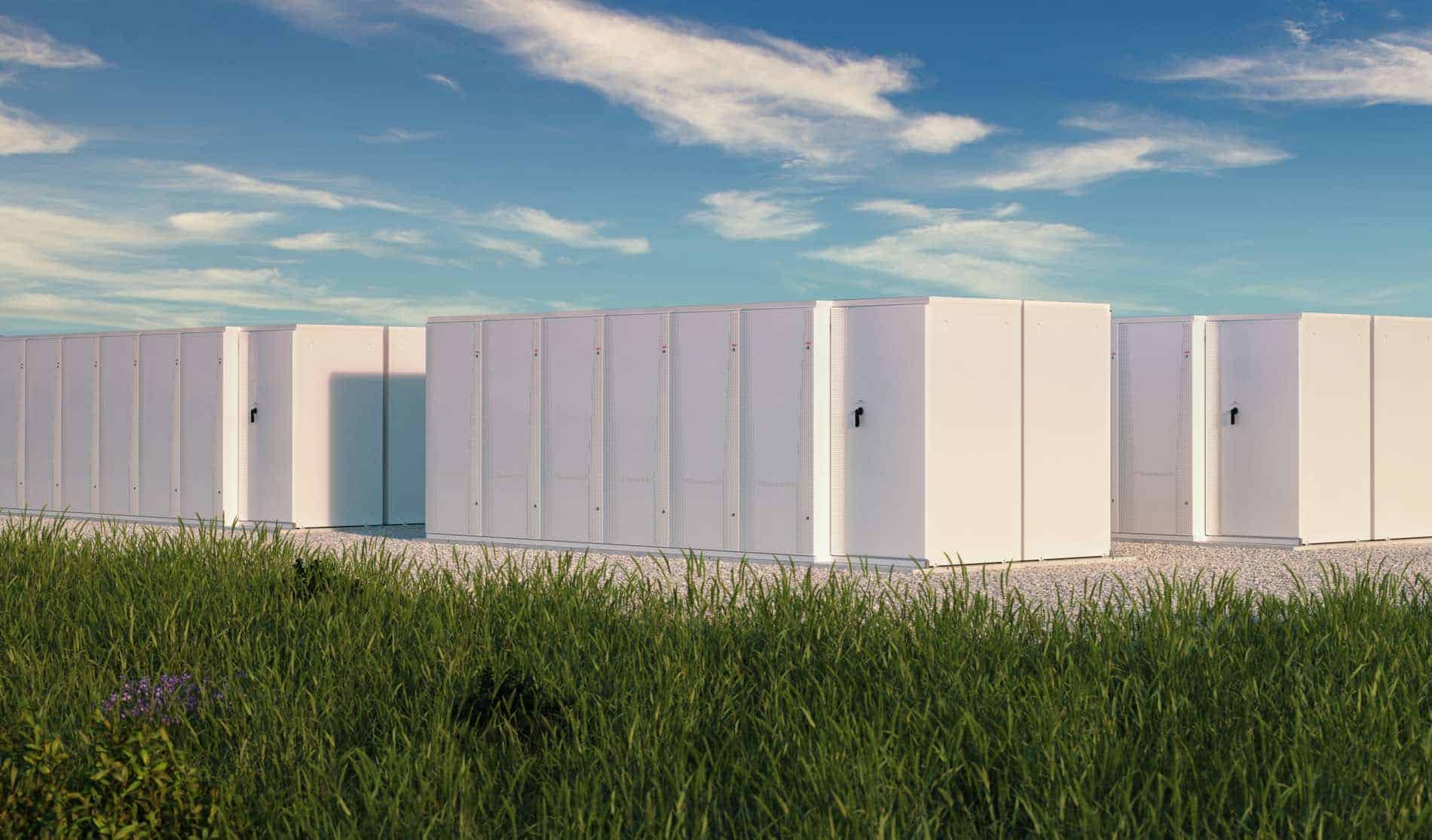In the era of sustainable living, choosing the right energy storage system for your home is a pivotal decision. Beyond merely providing backup power, a green and safe energy storage system ensures that your commitment to eco-friendly practices aligns with the resilience and reliability you expect. Ensure you see this page Energy Storage System | VREMT and find the right system. In this guide, we will explore key factors to help you make an informed decision when selecting a green and safe energy storage system for your home.
Evaluate Energy Needs
Assess your household or business’s energy needs to determine the required capacity of the energy storage system. Consider factors such as daily energy consumption, peak usage periods, and the integration of renewable energy sources.
Understand Battery Chemistry
Familiarize yourself with different battery chemistries and their environmental impact. Choose a system with batteries that align with your sustainability goals while meeting performance and longevity requirements.
Modularity and Scalability
Opt for a system with a modular and scalable design. Modularity allows for easier maintenance and replacement of individual components, while scalability enables you to expand the storage capacity if your energy needs increase over time. This flexibility ensures that your energy storage system can adapt to changing requirements without the need for a complete overhaul.
Smart Energy Management Features
Advanced energy storage systems often come equipped with smart energy management features. These features allow you to monitor energy usage, track system performance, and control the storage system remotely through user-friendly interfaces or mobile apps. Smart energy management enhances your ability to make informed decisions about energy consumption and storage.
Brand Reputation and Reviews
Research the reputation of the brand and read user reviews to gain insights into the real-world performance of the energy storage system. Reputable brands with positive reviews and testimonials provide confidence in the reliability and satisfaction of the system. User experiences can offer valuable perspectives on factors such as durability, customer support, and overall system performance.
Environmental Impact
Assess the overall environmental impact of the energy storage system throughout its lifecycle. Consider factors such as the sourcing of materials, manufacturing processes, and end-of-life disposal or recycling options. A green energy storage system prioritizes sustainability at every stage, from production to decommissioning, ensuring a minimal ecological footprint.
Consider Energy Capacity and Usage Patterns
Understanding your household’s energy needs and consumption patterns is crucial for selecting the right energy storage system. Evaluate your daily energy usage, considering the number of occupants, specific appliances, and peak demand periods. This assessment will guide you in choosing a system with an appropriate energy capacity that aligns with your unique requirements.
Prioritize Efficiency and Round-Trip Efficiency
Efficiency is a key metric when evaluating energy storage systems. Look for systems with high round-trip efficiency, indicating minimal energy loss during the charging and discharging process. An efficient system ensures that the stored energy is effectively utilized, maximizing the overall effectiveness of your sustainable energy solution.
Scalability for Flexibility
Lastly, choose an energy storage system with a scalable design. Modularity facilitates easier maintenance and component replacement. On the other hand, scalability allows you to expand the storage capacity as your energy needs evolve. This flexibility ensures that your system can adapt to changes without requiring a complete overhaul, contributing to a more sustainable and adaptable solution.
